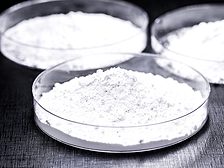Featured on Home Page
Daylight Fluorescent Pigments
A Technology that Delivers a Luminously Enhanced Universe of Color to Products and Applications
Read More
New White Pigments Ideal for Cool Roof Coatings
Benefits Include Enhanced Aesthetics and Improved Economics
Read More
New Developments in Vinyl Acetate/Ethylene Emulsions
Improving Block Resistance in VAE-Only Non-Flat Paints
October 2, 2023
Keep the info flowing with our eNewsletters!
Get the latest industry updates tailored your way.
JOIN TODAY!Copyright ©2025. All Rights Reserved BNP Media.
Design, CMS, Hosting & Web Development :: ePublishing










